Spot vs. Futures Trading: What’s the Difference?
Learn the key differences between spot and futures trading to choose the method that aligns with your financial goals and risk tolerance.
 Writen by:
Arslan Ali But
27 January 2025
8 minutes read
Writen by:
Arslan Ali But
27 January 2025
8 minutes read

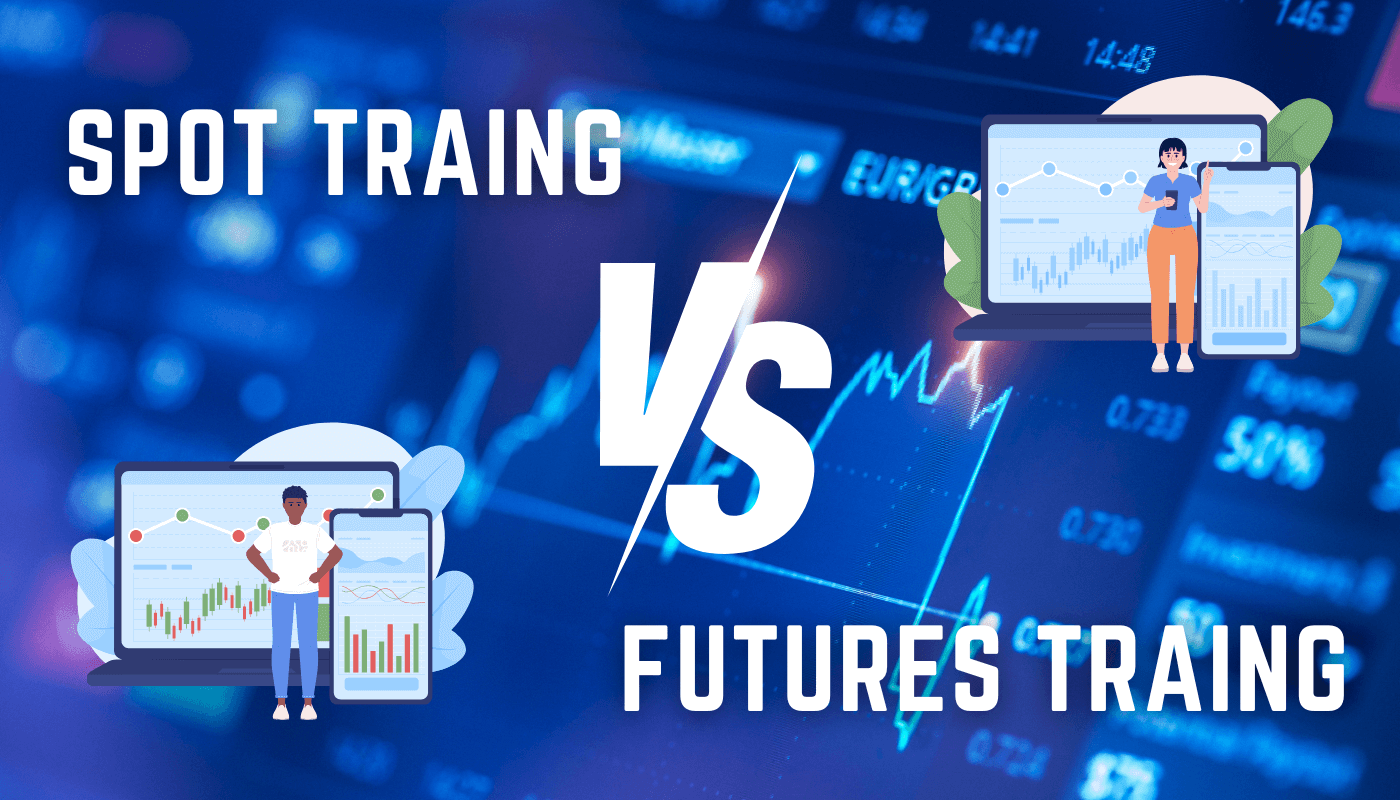
Spot and futures trading are two essential methods in financial markets, each offering unique benefits and challenges. Whether in commodities, forex, or cryptocurrency, these approaches cater to different trading objectives and strategies. Understanding their differences is key to making informed decisions.
Spot trading involves the direct purchase or sale of an asset at its current market price, with ownership transferred immediately. This straightforward method appeals to traders who value simplicity and direct control. Futures trading, by contrast, is based on contracts that obligate traders to buy or sell an asset at a specified price on a set future date. It’s often used for hedging against price risks or speculating on market movements.
Both methods play a vital role in modern markets, offering tools for risk management and profit generation. Traders must weigh the advantages and drawbacks of each to determine which aligns with their goals.
This article outlines the key aspects of spot and futures trading, using examples to illustrate how they work in practice.
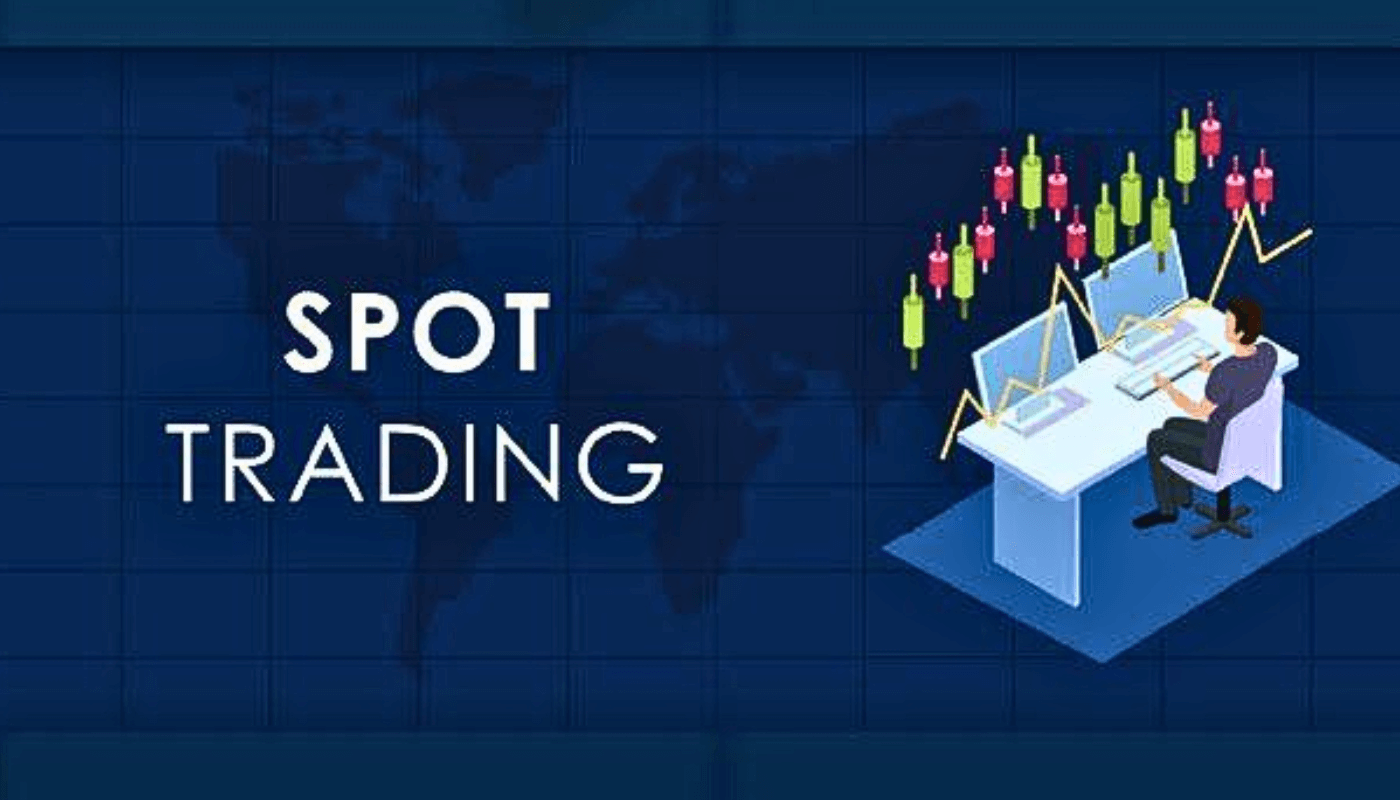
What Is Spot Trading?
In spot trading, assets are bought or sold at their prevailing market price, with immediate settlement. This approach is widely used for trading currencies, commodities, and cryptocurrencies.
Examples of Spot Market Trades
- Currencies: A trader buying 1,000 euros (EUR) with U.S. dollars (USD) at the current EUR/USD exchange rate of 1.10 immediately owns the euros after the transaction.
- Cryptocurrencies: Purchasing 0.5 Bitcoin (BTC) for $20,000 on a crypto exchange grants the buyer immediate ownership of the Bitcoin.
Advantages of Spot Trading
- Immediate Ownership: Traders fully own the asset right after purchase, allowing them to hold, sell, or use it. For instance, Buying 100 barrels of crude oil in the spot market means the trader owns the physical oil or its equivalent value immediately.
- Simplicity: Spot trading is easy to understand and execute, making it accessible to beginners.
- No Expiration or Obligations: Unlike futures, there’s no deadline or requirement to settle at a future date.
Drawbacks of Spot Trading

- Full Payment Required: Traders must pay the total cost upfront, which can limit accessibility. Example: Purchasing $50,000 worth of Ethereum (ETH) requires having the full amount available at the time of the transaction.
- No Leverage: Without leverage, traders cannot amplify their exposure to market movements, which may reduce profit potential in the short term.
Who Should Consider Spot Trading?
Spot trading suits traders who prioritize simplicity and direct asset ownership. It’s particularly appealing to those looking to avoid complex contracts or additional risks.
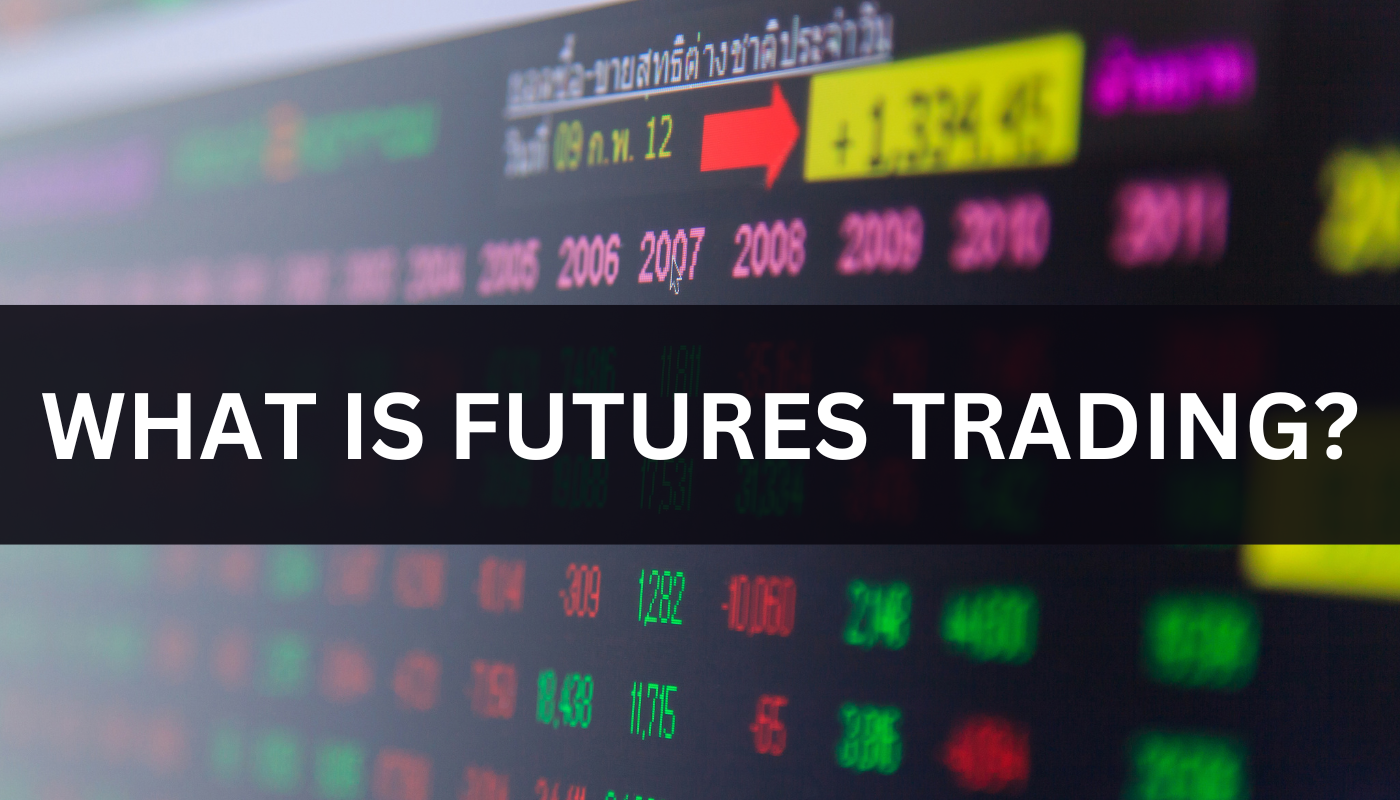
What Is Futures Trading?
Futures trading involves agreements to buy or sell an asset at a predetermined price on a specified date in the future. Unlike spot trading, ownership of the asset is not immediate; instead, the deal is made now, and the contract is settled later.
Futures trading is widely used in markets like commodities (e.g., gold), stock indices (e.g., S&P 500), and cryptocurrencies (e.g., Bitcoin). This method appeals to traders looking to hedge risks or speculate on future price movements.
Examples of Futures Trading
- Bitcoin Futures with Leverage: A trader uses 10x leverage to enter a Bitcoin futures contract worth $50,000. By committing just $5,000 as margin, they control a position 10 times larger than their initial investment.
- Gold Futures for Hedging: A jewelry manufacturer locks in a future gold price to protect against rising costs, ensuring predictable expenses for their business.
Advantages of Futures Trading
-
Leverage for Higher Exposure:
Futures trading allows traders to control larger positions with less upfront capital. Example: A trader with $2,000 can control a $20,000 position using 10x leverage. -
Hedging Against Price Fluctuations:
Futures contracts help mitigate risks by locking in prices, offering stability to businesses and investors. -
Flexible Settlement Options:
Traders can choose between cash settlement or physical delivery of the asset.
Drawbacks of Futures Trading
-
Amplified Risk from Leverage:
While leverage can boost profits, it also magnifies losses. For example: A 5% unfavorable market move on a 10x leveraged position can result in a 50% loss on the initial investment. -
Margin Requirements:
Maintaining a margin account is mandatory, requiring sufficient funds to cover potential losses. -
Risk of Liquidation:
If the market moves against the trader, their position may be liquidated, resulting in a total loss of the initial margin.
Who Should Consider Futures Trading?
Futures trading is best suited for experienced traders who:
- Are comfortable managing leveraged positions.
- Have a strong understanding of market dynamics.
- Are willing to accept higher risks for the potential of greater returns.
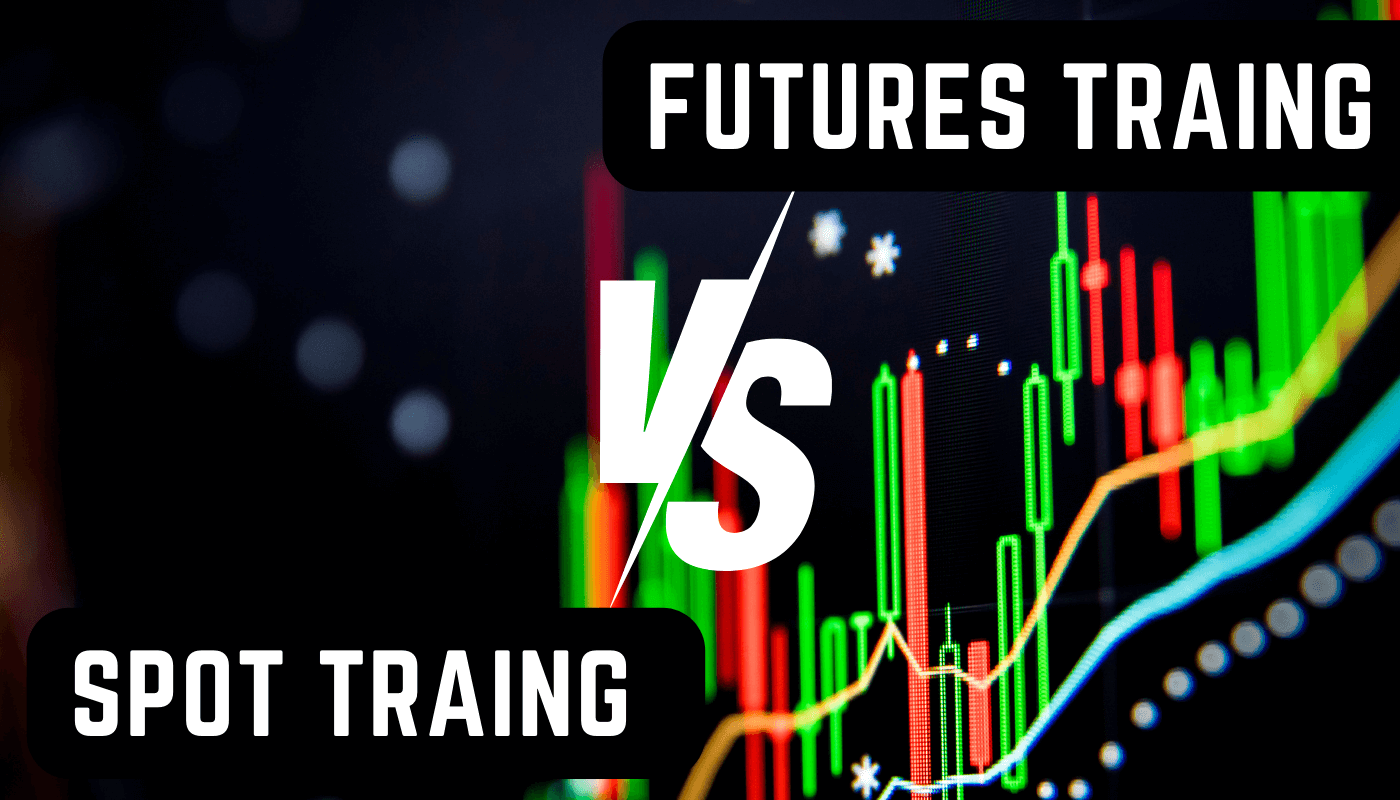
Spot vs. Futures Trading: Key Differences
Understanding the distinctions between spot and futures trading is essential for selecting the right approach. These key differences lie in ownership, capital requirements, risk levels, and use cases:
1. Ownership
- Spot Trading: Ownership is immediate. Example: Buying 1,000 barrels of oil in the spot market makes the buyer the direct owner of the oil, with the ability to store, sell, or use it as needed.
- Futures Trading: Ownership is deferred. Traders commit to buying or selling an asset at a future date without taking immediate possession. Example: A futures contract to buy crude oil at $85 per barrel in three months doesn’t grant immediate control over the physical asset.
2. Capital Requirements
- Spot Trading: Full payment is required upfront, making it straightforward but potentially expensive. Example: Purchasing $10,000 worth of Bitcoin on a spot exchange requires paying the full $10,000 immediately.
- Futures Trading: Leverage allows traders to control larger positions with a smaller initial deposit (margin). Example: A trader might only need $1,000 to control a $10,000 Bitcoin futures position using 10x leverage. However, this increases exposure to both profits and losses.
3. Risk Levels
- Spot Trading: Losses are limited to the initial investment. Example: If $5,000 worth of Ethereum is purchased and its value drops to $4,000, the maximum loss is $1,000.
- Futures Trading: Leverage amplifies both potential gains and losses. Example: A 5% price decline in a 10x leveraged futures position can wipe out the initial margin entirely, potentially leading to liquidation.
4. Use Cases
- Spot Trading: Ideal for long-term investors seeking direct ownership of assets. Example: An individual investor buys gold in the spot market for portfolio diversification.
- Futures Trading: Commonly used for hedging or speculative purposes. Example: An airline company locks in fuel prices using oil futures to protect against rising costs.

Choosing Between Spot and Futures Trading
Deciding between spot and futures trading depends on your experience, goals, and risk tolerance. Each method offers unique advantages, catering to different types of traders.
Spot Trading
Spot trading is ideal for beginners and long-term investors. It’s straightforward and doesn’t require an understanding of leverage or margin trading.
- Ownership: You own the asset outright, making it suitable for holding assets like Bitcoin or forex pairs for the long term. Example: Buying $10,000 worth of Ethereum on a spot exchange gives you full control over the asset without additional obligations.
- Risk: Losses are limited to the amount you invest, making it a less risky option.
Spot trading appeals to those seeking simplicity and direct ownership without exposure to leveraged risks.
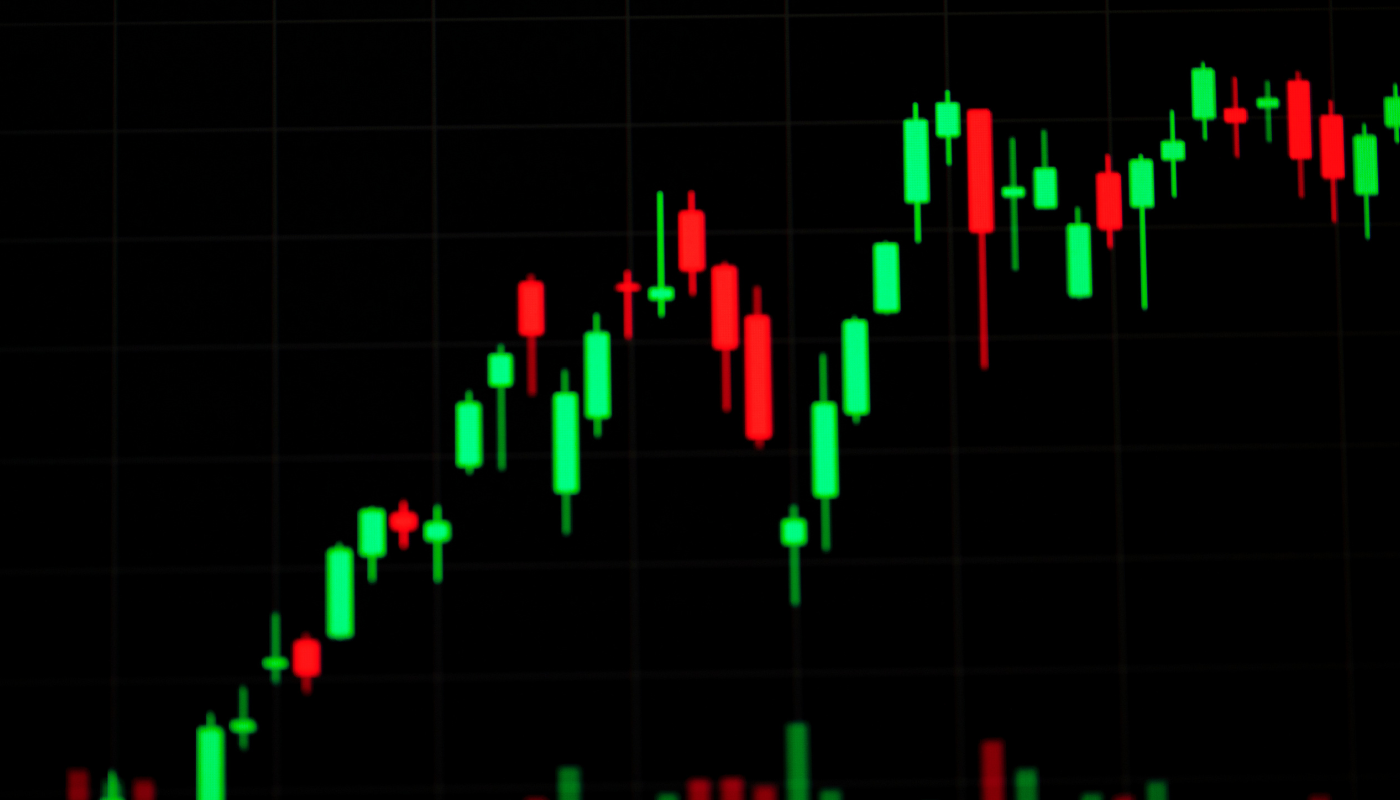
Futures Trading
Futures trading is better suited for experienced traders familiar with leverage and margin requirements. It allows you to control larger positions with less upfront capital, offering higher profit potential but increased risk.
- Leverage: Futures let traders amplify their exposure with a smaller investment. Example: A $5,000 margin deposit can control a $50,000 Bitcoin futures position at 10x leverage.
- Hedging: Useful for managing risks in volatile markets like crypto or commodities. Example: An airline might use oil futures to lock in fuel prices and mitigate cost increases.
- Risk: Losses can exceed the initial margin if the market moves against the position.
Key Considerations
Your choice between spot and futures trading should be guided by your goals, market understanding, and comfort with risk:
- Spot Trading: Best for traders with a lower risk tolerance or those seeking simplicity and long-term ownership.
- Futures Trading: Ideal for experienced traders willing to take on higher risks in exchange for greater rewards, or those using futures as a hedging tool.
Conclusion
Spot and futures trading each come with distinct advantages and challenges. Spot trading is ideal for those seeking straightforward asset ownership and lower risk, while futures trading appeals to experienced traders looking to hedge, speculate, or leverage their positions.
When choosing between the two, always align your decision with your financial goals, market knowledge, and risk tolerance to ensure the best fit for your trading strategy.
Ready to trade commodities with confidence? Explore trusted platforms at WhereToTrade and take the first step toward achieving your trading goals today.
Table of contents
1. What Is Spot Trading? 2. Spot vs. Futures Trading: Key Differences 3. Choosing Between Spot and Futures Trading 4. Conclusion






